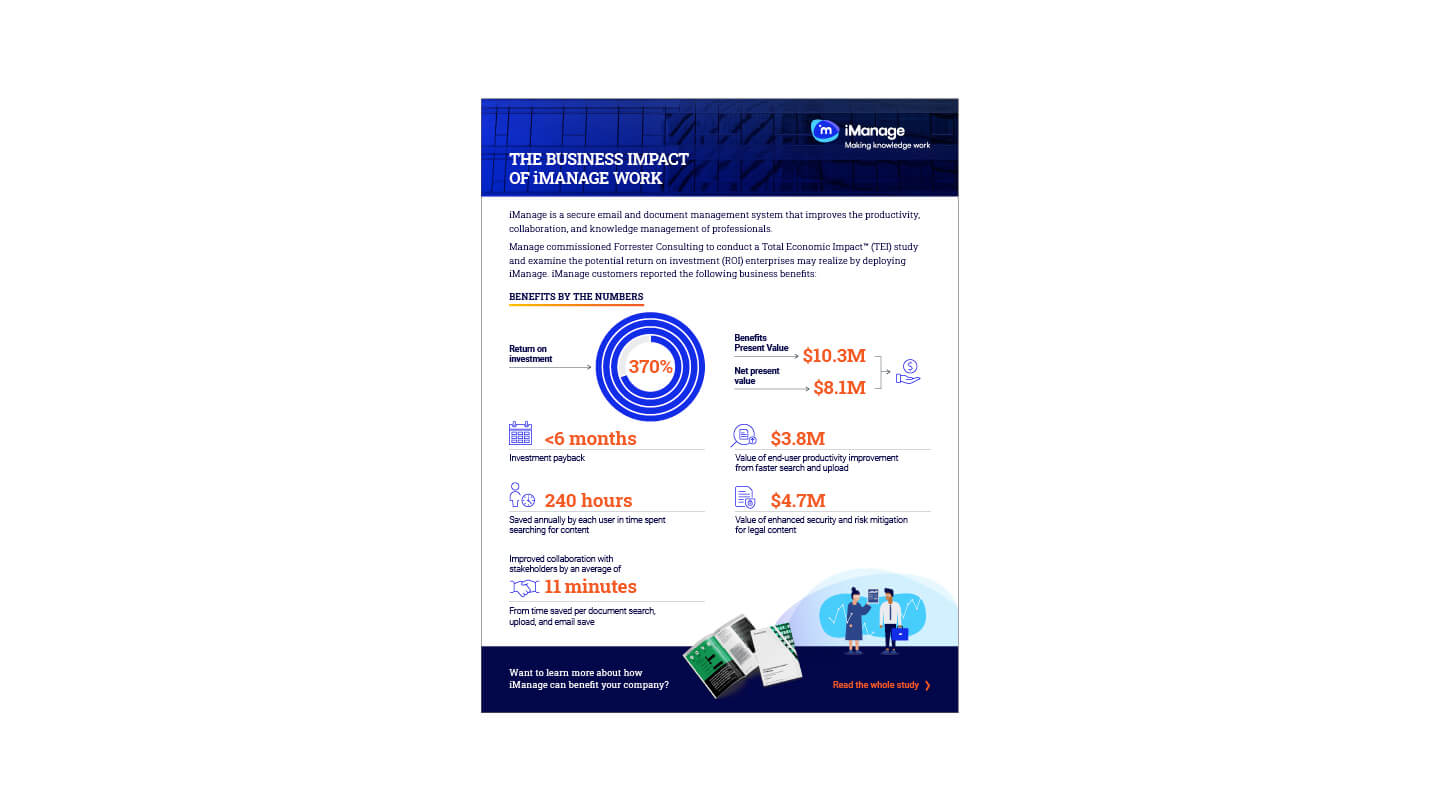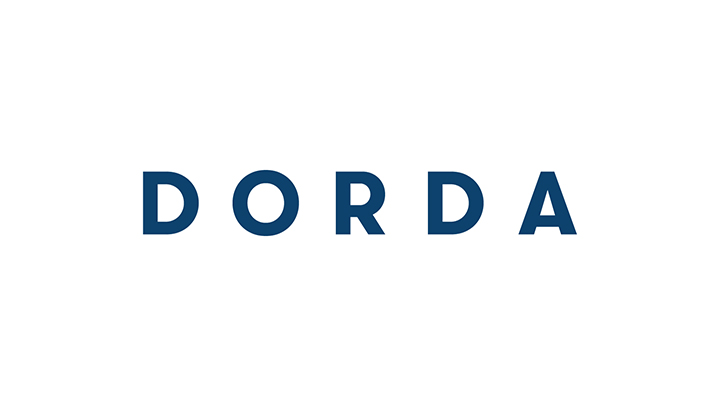iManage recently hosted our second Legal Operations Leadership Summit to bring legal operations leaders from a variety of industries together. The event theme was a hot topic in legal operations today: user adoption of new technology.
As at our previous event, attendees represented North American companies in energy, entertainment, financial services, food & beverage, insurance, transportation, retail, and more. Read on to learn what top legal operations professionals are doing to drive user adoption.
One size doesn’t fit all in technology deployment
The consensus among attendees was that the traditional uniform approach to training end users is no longer effective. User expectations have evolved, and a more segmented approach is essential to success. Some organizations with multiple locations discovered that designing the system for the head office without considering the preferences of other branches created issues during deployment. Others noted that different practice areas also have distinct needs that must be accounted for when setting up new technology. Even individual skillsets must be taken into consideration during rollout, especially remotely—one attendee said that with employees often working from home, less tech-savvy individuals needed additional assistance to get up to speed when attempting to navigate new technology outside of the office.
Buy-in from the top is critical
User adoption starts at the top. Attendees agreed that having buy-in from leadership encouraged others in the department to get on board. Getting that buy-in, however, took different forms. One attendee explained that their department provided personal training to ensure executives and leaders were fully comfortable with the new technology. Others said they identified subject matter experts in each practice group to help encourage adoption. Although the methods of getting leadership on board varied, 84% of attendees said their executive sponsors were at least “somewhat” engaged with technology implementations, which bodes well for technology adoption in the industry as a whole.
Marketing over mandating
Getting buy-in at the top is only half the battle. End users must also be convinced. Attendees agreed that users were often resistant to mandates, making “marketing” of the technology a better bet. End users should be fully briefed on the benefits of the new technology and who to ask if they have questions. One attendee suggested creating personas of different types of users to better understand what they are looking for, and tailoring training to their specific use cases. The better your users understand how the solution will make their lives easier, the greater adoption will be.
End users need clarity on best practices
Initial user education shouldn’t only cover the technology’s benefits. Users need to know best practices to ensure the best results. Attendees noted that users need education on when to use the new solution and how it interacts with other technology. Your team also needs to understand how to most securely use their new solution when collaborating with outside parties. Multiple attendees noted that written guides are essential for training and reference on best practices going forward.
Training is an on-going process
When it comes to user training, attendees found that it should be a continuous process rather than a one-and-done event after initial deployment. One attendee explained that because it’s difficult to retain large amounts of information learned at one time, their company has found greater success offering self-service training videos and on-going check-ins to see how employees are adapting to the new technology. Another attendee has seen positive results with regular technology office hours and on-going small group training. Regardless of the methods chosen, attendees agreed that offering continuing training was essential for improving user adoption.
Measuring adoption is crucial, but methods vary
Attendees agreed that measuring adoption was nonnegotiable, but opinions varied on how to do so effectively. Some swore by user surveys, while others have found usage data tracking more meaningful. One attendee reported tracking very granular usage data including files opened, files edited, emails filed, and more. Others have sought qualitative data from users through interviews. Although the discussion on measuring adoption lacked a consensus on methods, doing so is clearly of high importance to these legal operations leaders in order to understand and communicate the business value of their technology investments.
Technology vendors can do more to drive adoption
When asked in a survey if their technology vendor helped to define success metrics for user adoption, 58% of respondents answered “no.” Clearly, technology vendors need to do more.
That’s why, at iManage, we are investing in a robust Customer Success Program to help our customers roll out our solutions, engage and empower end users, and derive ongoing business value from their technology.
To stay up to date on our efforts and future Legal Operations Leadership Summits, be sure to follow us on LinkedIn.





